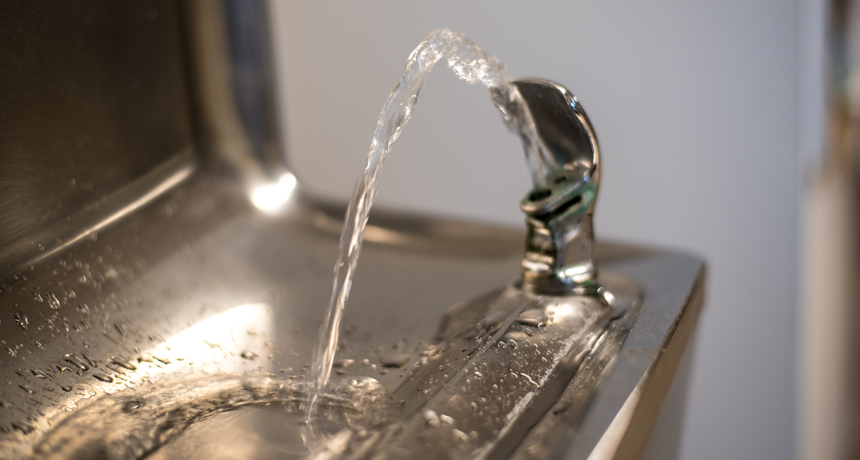HOME
Analyze This: Real data on lead levels in school drinking water

You turn on the faucet to get a glass of water. The liquid comes out clear and odorless. It’s safe, right? Maybe not. In some places, such as Flint, Mich., water coming out of the tap may contain lead, a toxic heavy metal. Finding it can be hard because lead-tainted water has no unusual color, odor or taste. But once inside the body, that lead can damage nerves — including those in your brain!
Drinking a single glass of lead-tainted water won’t cause acute poisoning. The problem is that once lead gets into the body, it doesn’t want to leave. So over time, small exposures can add up. And because lead moves into the bones, it can stay there for years — to later enter the bloodstream and flow throughout the body — again and again.
Babies and young children are especially vulnerable to lead’s poisoning. Symptoms range from headaches and stomachaches to learning disabilities. Severe problems include slowed or stunted bone and muscle growth, and damage to the kidneys. Lead can even permanently reduce a child’s IQ.
There are many ways that lead can enter drinking water. The most common way is from the pipes that connect a home or school to a town’s main water-supply lines. In many cities, there are still lots of old pipes made of lead. Lead also can be found in the material used to seal connections between pipes. (That sealant has been banned but may still exist in some pipes.) The metal in many faucets, fountains and water spigots also may contain lead.
News Source